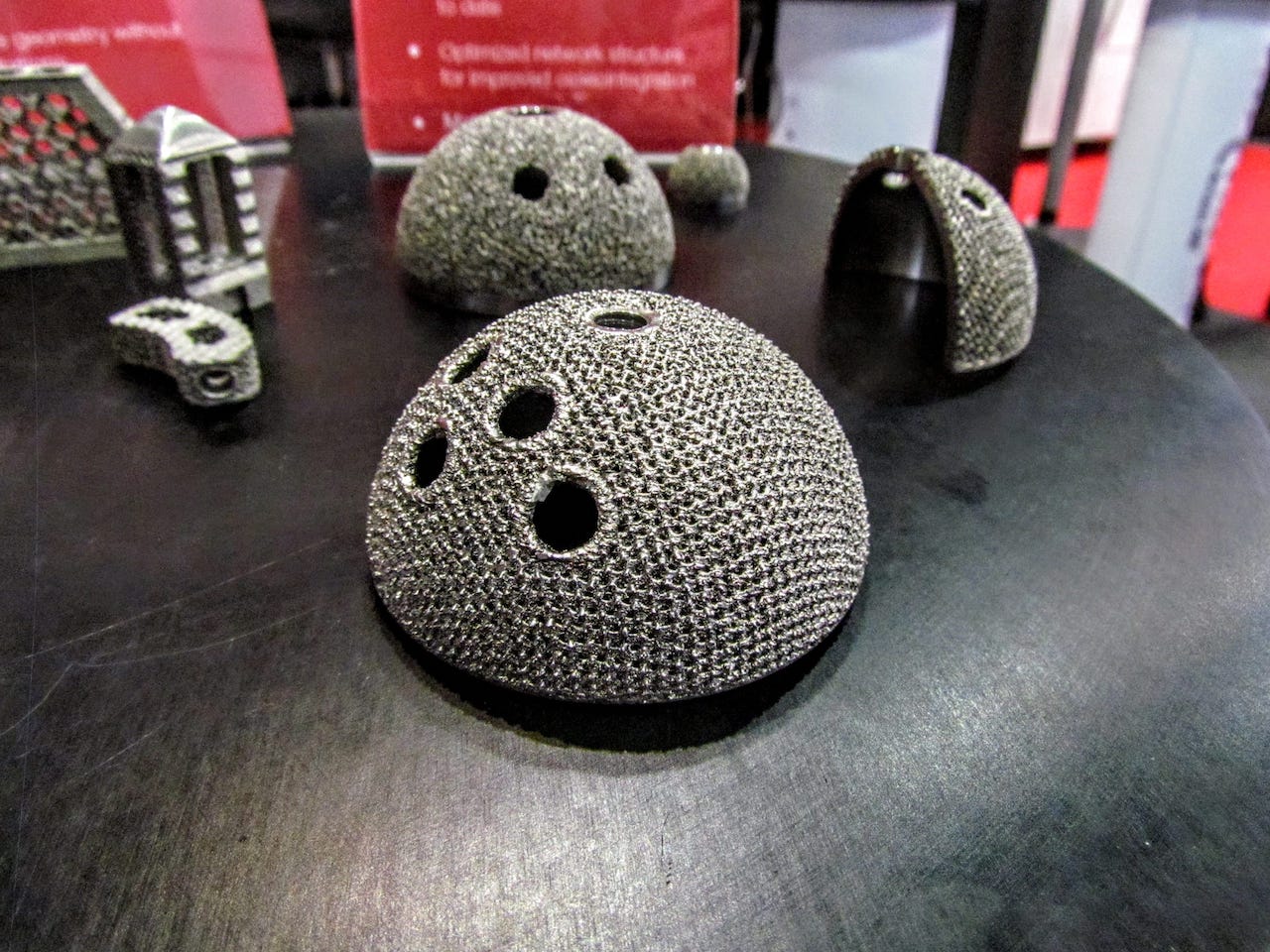
Occasionally I will see companies announce they’ve received a “510(k) clearance”. What is that and why is it important?
The 510(k) is a formal notification to the US FDA of the intent to market a medical product to the public. A company intending on selling a product that is applied to the human body in the USA must provide such notification at least 90 days prior to launch.
And the notification must be “cleared”, meaning the FDA approves of the proposal to market. For this to occur, the notification must include data about the product and its intended use. The FDA examines the submitted information to ensure the product is declared safe for use.
Such notifications are required for new products and those previously approved that have undergone significant changes in new versions.
Why is this important to 3D printing? It’s because anyone using a 3D printer to produce implantable products, such as a replacement hip joint, must receive this certification before they can proceed. It’s essentially a mandatory step or you can’t sell the product.
With the huge growth of 3D metal printers in the past year, it’s likely there are a number of companies developing all kinds of implantable titanium 3D printed products. For each they must receive this clearance.
And it’s quite important. Imagine if your own implant was suddenly discovered to contain toxic metals.
I’ve also heard that such prints must undergo a number of tests, one of which is to prove that the production process ensures no loose powder remains on the part. Obviously you wouldn’t want stray metal particles swimming around your body! And this step is not always easy to do, as some implantable objects require highly complex matrix-like structures that more easily bond with living bone. Just the shape to capture loose particles!
Going through such certifications and obtaining clearances paves the way for 3D print services to apply this technology to a wider world of medical uses. That can only be a good thing: better products at lower prices.
Via FDA

